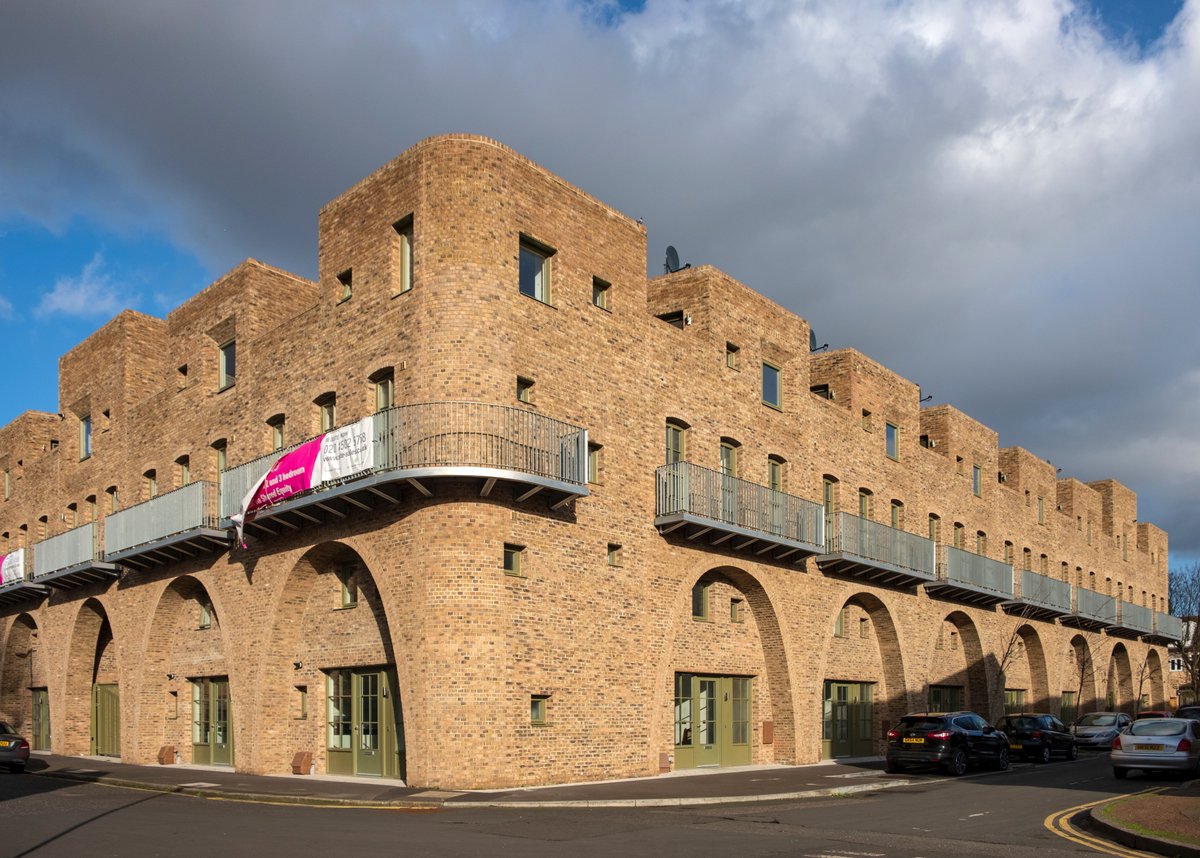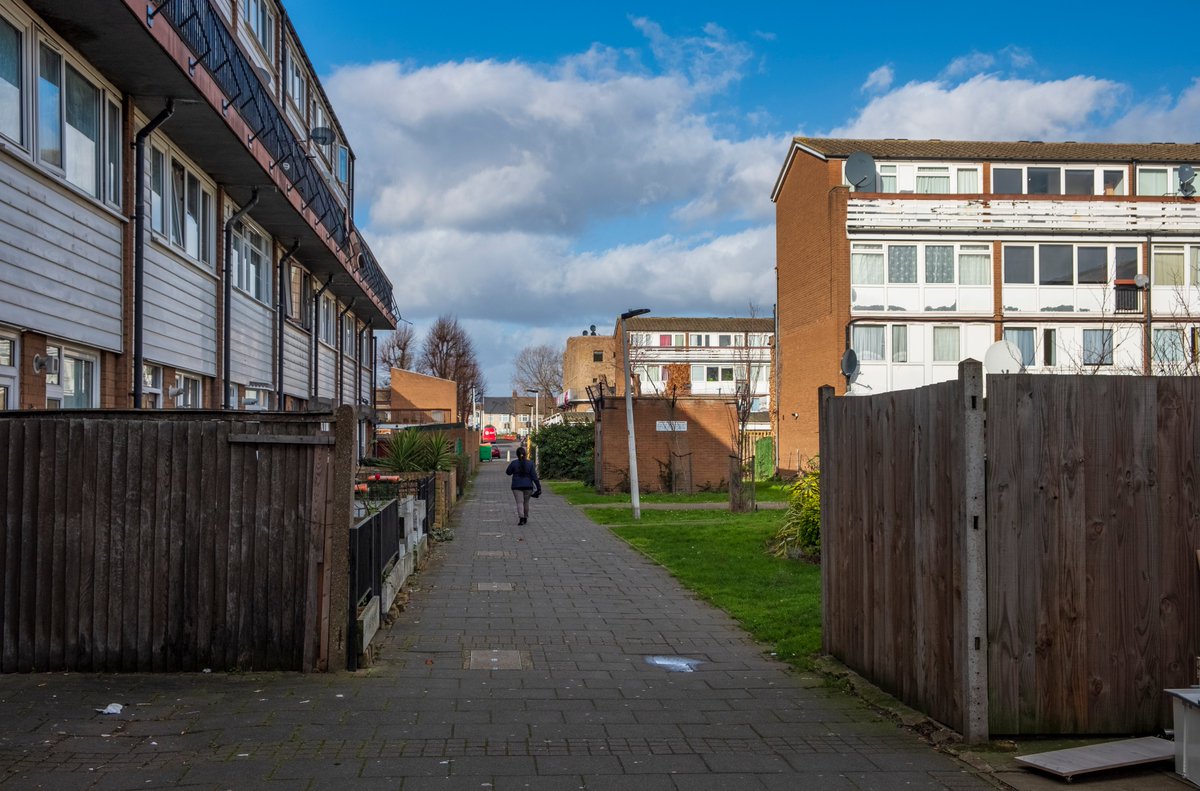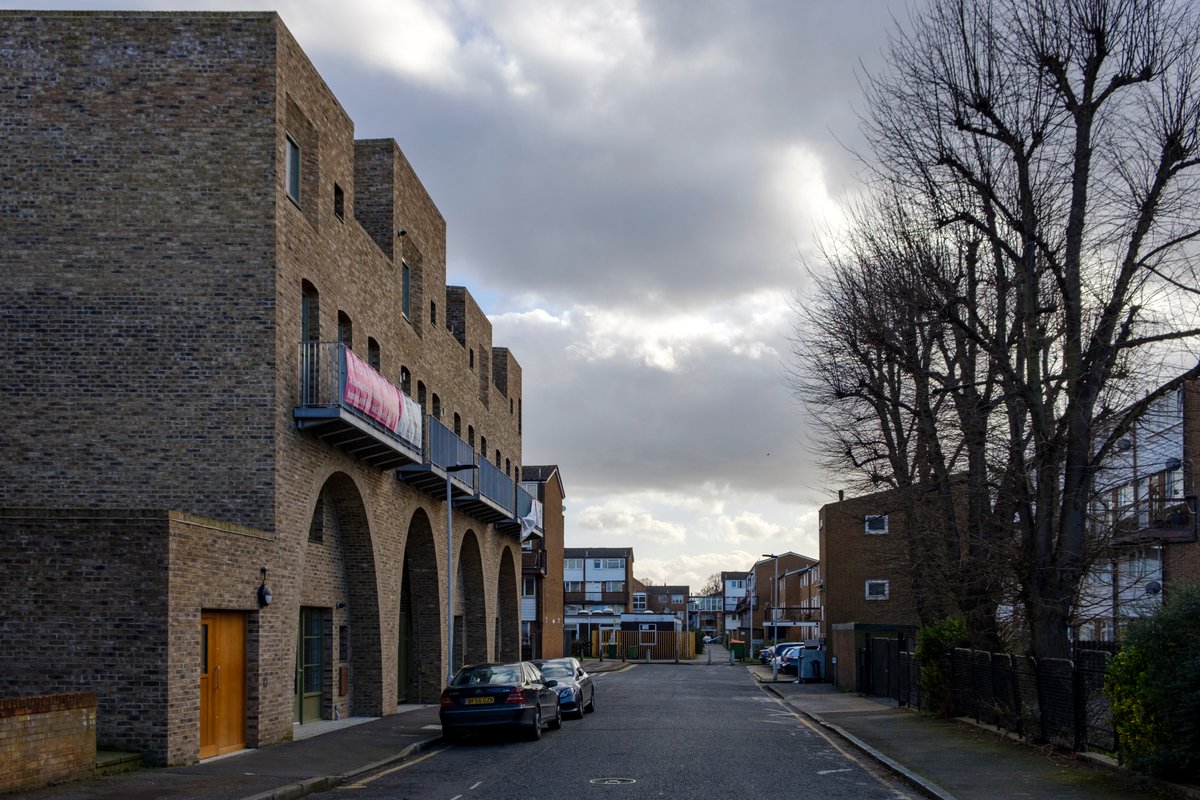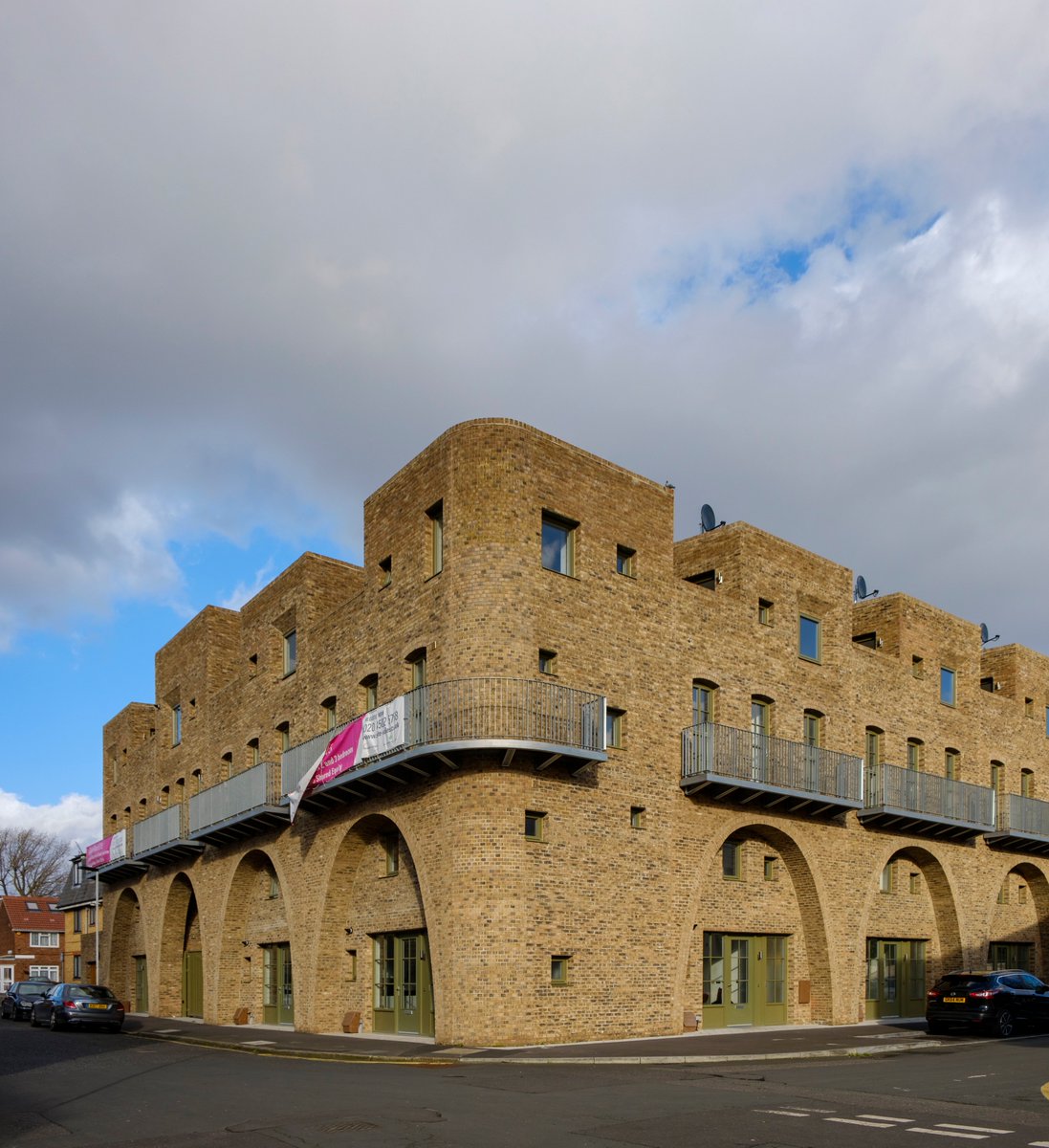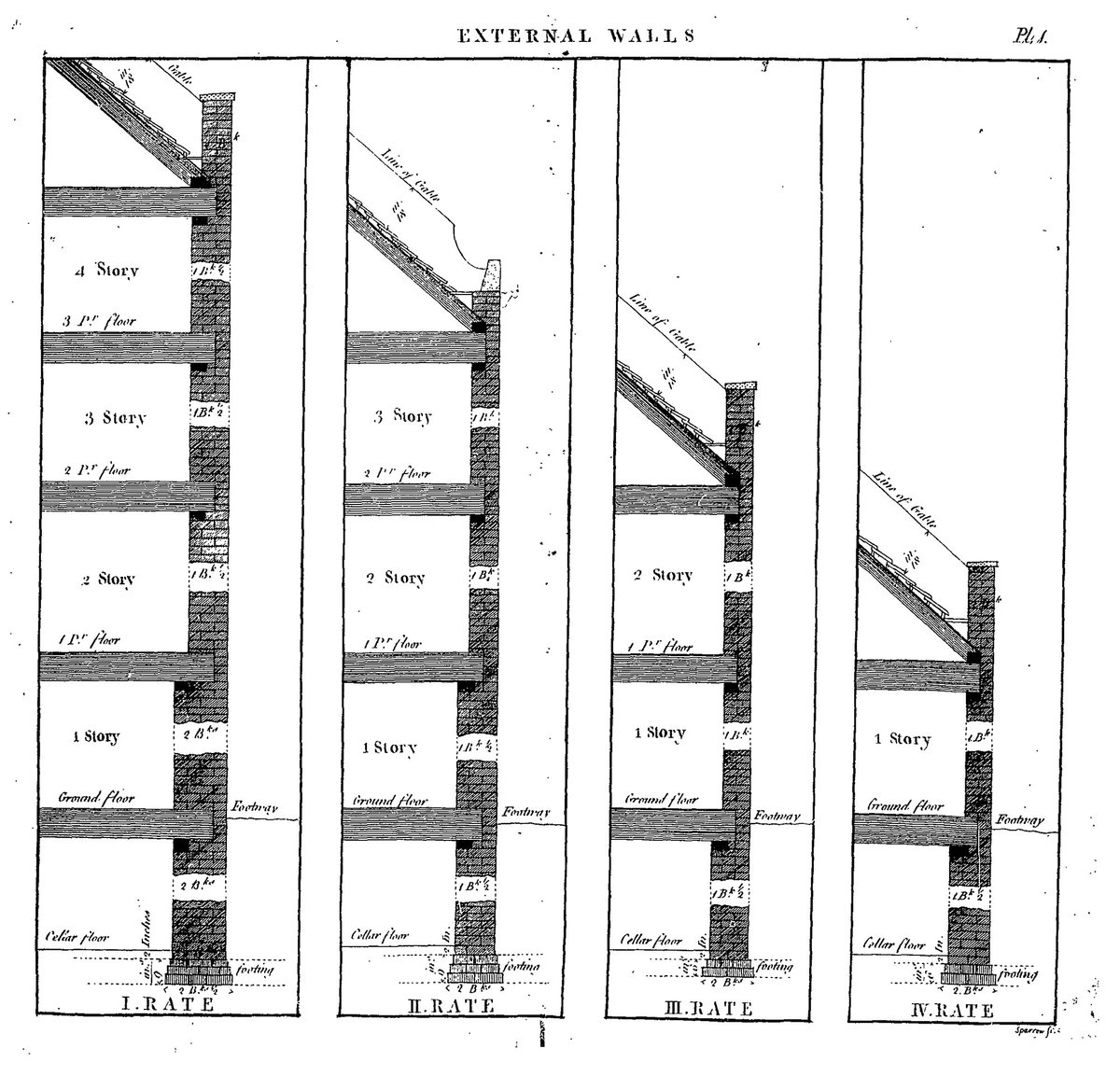A beautiful new tower of a hotel in the resort town of Las Catalinas, Costa Rica, by the architect Michael Imber. It has echoes of Spanish Colonial architecture but also reflects architecture found throughout the world. 

Projecting timber balconies were once a mainstay of traditional architecture, in the new world and the old. Here are some Ottoman examples in Egypt and Crete 



• • •
Missing some Tweet in this thread? You can try to
force a refresh














